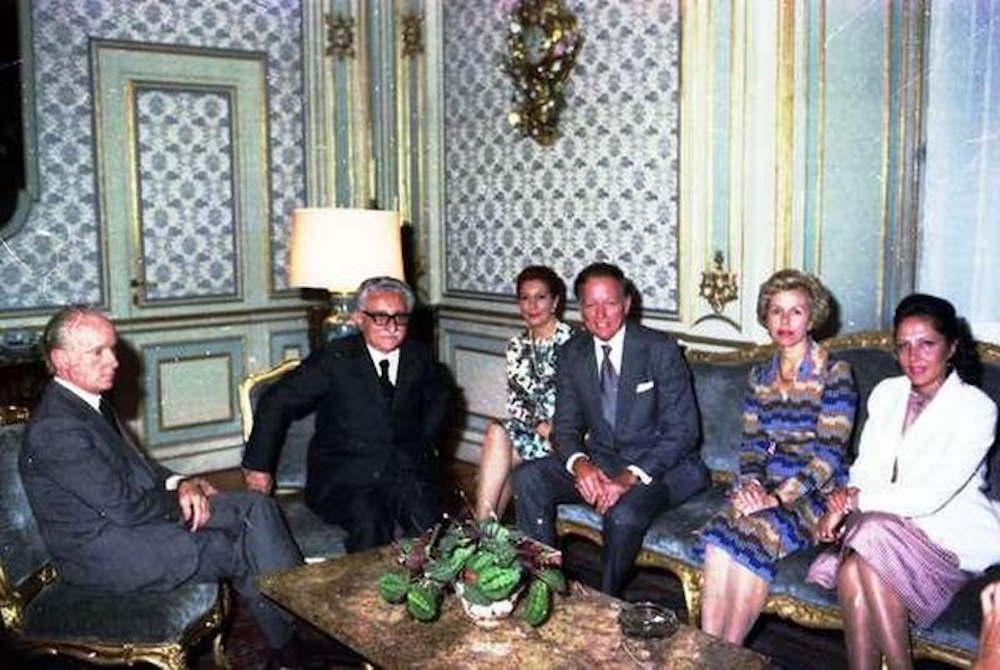
In 1969, Dr. Denton Cooley performed the world’s first successful artificial heart transplant on a human being. Widely considered to be one of the greatest heart surgeons of the 20th century, Cooley’s career spanned the history of modern cardiovascular surgery. It has been estimated that over four decades, the pioneering surgeon performed 120,000 open-heart surgeries. But millions of people have been helped by Cooley’s surgical innovations, which include the first successful carotid endarterectomy, as well as techniques for repairing diseased heart valves, congenital cardiac anomalies, and aortic and ventricular aneurysms. Furthermore, Cooley’s innovations were not limited to the operating room or the laboratory. For example, he founded a managed health care plan that was the first to “bundle” cardiovascular services into one fixed fee—which saved millions of healthcare dollars. During his life, the physician also authored or coauthored more than 1,300 scientific papers and 12 books. He was a member (or honorary member) of over 70 professional societies; and among his more than 120 honors and awards is the René Leriche Prize, the highest honor of the International Surgical Society. In presenting him with the Medal of Freedom, the highest U.S. honor for a civilian, President Reagan remarked that Cooley “has charted new territory in his search for ways to prolong and enrich human life.”
In 1941, Cooley entered medical school in Texas, but soon transferred to Johns Hopkins in Baltimore, where he would not only complete his medical degree, but also his internship and surgical training. After receiving his medical degree from Hopkins in 1944, he remained at the research hospital, where he was a part of the groundbreaking operation to correct an infant's heart, also known as the first "Blue Baby" procedure, which helped pioneer modern heart surgery. In 1946, Cooley was called on to fulfill his obligation to the Army, where he served as chief of surgical services at the station hospital in Linz, Austria, until he was discharged in 1948 with the rank of captain. He then returned to Hopkins to complete his residency and remained as an instructor in surgery at his alma mater.
A longstanding patron of the School of Medicine and The Johns Hopkins Hospital, Cooley always credited his time and mentors at Hopkins with preparing him for the extraordinary career he had as the world’s foremost heart surgeon. As such, he often returned to his alma mater to speak, including his 1981 visit for the opening of his namesake recreational center. At the time, Cooley had contributed $750,000 toward its $2.6 million cost. A championship basketball player during his undergraduate years, the surgeon was accorded the privilege of inaugurating the center’s full-size basketball court—which he had specifically ordered—and as Sports Illustrated reported, “the 6’4” surgeon ceremoniously scored the first basket in the new gym—a vintage 20-foot, one-hand push shot.” Cooley’s dedication to his university roots continued until the end of his life. He last spoke at Hopkins at the School of Medicine’s 2009 commencement.
